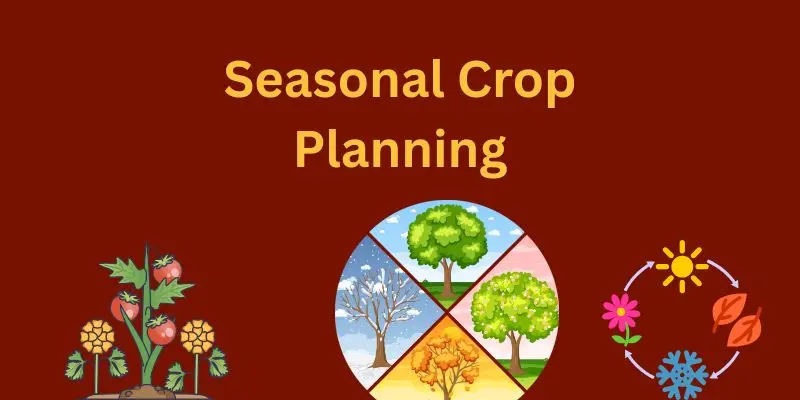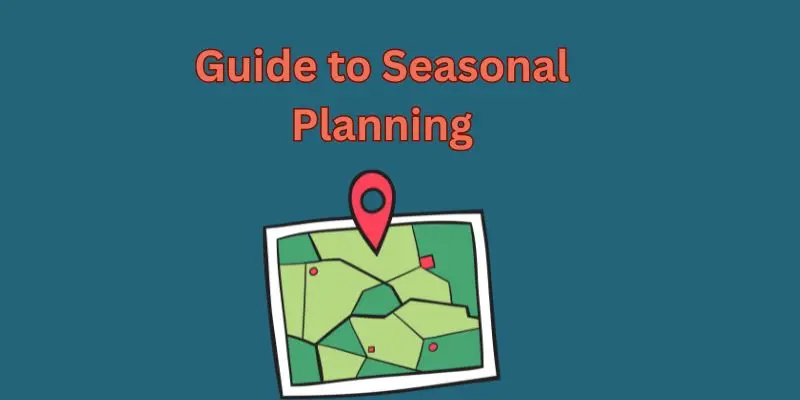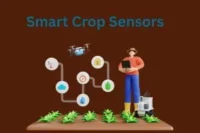Seasonal Crop Planning: Grow with Nature, Harvest with Purpose
Published: 16 May 2025
“I used to plant whatever looked good at the store or sounded right in a blog—sometimes tomatoes in late autumn, or lettuce in the heat of summer. But the results were always the same: frustration, poor harvests, and soil that seemed tired. I couldn’t figure out what I was doing wrong—was it me? Was it the soil? Only later did I discover the quiet wisdom of planting with the seasons. That’s when everything changed. Seasonal crop planning didn’t just transform my garden; it changed the way I saw the land, the weather, and my purpose as a grower.”
So, guys, without wasting time, let’s jump into the article to learn the Seasonal Crop Planning:
The Heart of Seasonal Crop Planning
- Define what seasonal crop planning is.
- How aligning with nature’s calendar fosters resilience and abundance.
- Quote or anecdote from a real farmer (or a relatable fictional one): “The land tells me what it needs—I just listen.”

Grow with Nature
- Break down the four seasons and what crops thrive in each.
- Spring: New beginnings – leafy greens, peas, early roots.
- Summer: Energy and abundance – tomatoes, corn, cucumbers.
- Autumn: Gratitude and harvest – squash, pumpkins, brassicas.
- Winter: Rest and preparation – cover crops, planning, composting.
- Use sensory language: colors, smells, textures of each season.
Harvest with Purpose
- Emotional fulfillment from seeing the cycle of life.
- Better soil health, fewer pests, and natural balance.
- Reduces waste, enhances local food security.
- Share a story: “When I shifted to seasonal planning, my stress dropped, and joy returned to my farming.”
Step-by-Step Guide to Seasonal Planning
- Soil testing and climate zone analysis.
- Choosing crops by season and region.
- Rotations and companion planting.
- Tracking growth cycles and maintaining a planting calendar.
- Include a downloadable/printable seasonal planting chart (optional).

Sustainability Meets Soul
- How your farm contributes to global environmental efforts.
- Being part of a community movement—local farmers’ markets, CSA programs.
- Teaching the next generation to respect the land.
Common Mistakes to Avoid
- Ignoring frost dates.
- Planting based on trends, not climate.
- Overplanting or under-rotating.
- Quick tips and gentle encouragement to stay the course.
Tools & Resources for Seasonal Farmers
- Recommended tools/apps (e.g., Almanac, GrowVeg).
- Local extension services or co-ops.
- Journaling or mindfulness practices for staying connected to the land.
FAQs about Internet
Here are some of the most frequently asked questions about the Seasonal Crop Planning: Grow with Nature, Harvest with Purpose
Seasonal crop planning involves aligning your planting schedule with natural seasonal changes to optimize crop growth. It helps ensure healthier plants, better yields, and sustainable land use.
Planting with the seasons supports natural growth cycles, reduces pest pressure, and conserves resources. It also enhances soil health and overall farm resilience.
Begin by mapping your planting calendar based on local climate and soil conditions. Rotate crop families to avoid nutrient depletion and disease buildup.
Great winter crops include kale, spinach, garlic, and radishes. These hardy plants thrive in cooler temperatures and are easy to manage.
Conclusion
Seasonal crop planning is more than a strategy—it’s a relationship with the land, built on trust, timing, and care. When you plant with the seasons, you’re not just growing food; you’re growing connection, intention, and resilience. Each seed becomes a quiet act of hope, each harvest a moment of gratitude. So listen to the rhythm of the earth. Let nature guide your hands. Grow with nature—and harvest not just crops, but purpose.

- Be Respectful
- Stay Relevant
- Stay Positive
- True Feedback
- Encourage Discussion
- Avoid Spamming
- No Fake News
- Don't Copy-Paste
- No Personal Attacks

- Be Respectful
- Stay Relevant
- Stay Positive
- True Feedback
- Encourage Discussion
- Avoid Spamming
- No Fake News
- Don't Copy-Paste
- No Personal Attacks





